Ep. 140-6 | Camellia sinensis, Superstar
In the post-Lu Yu world, tea starts to take off like a rocket. It will take a little longer for tea to get the needed traction in Japan but during the Tang, Japanese get to see it and appreciate it up close. We'll also look at one of the early "Tea Persons", the poet and recluse Lu Tong, as well as one of his most famous tea poems, "Seven Bowls of Tea". Now that tea had caught on in society, people needed the various tea accouterment. This is where teaware starts to evolve and we'll look at Yue ware and Xing ware, two of the earliest styles of teacups.
Listen On Your Favorite Podcast Player
Terms in Episode
| Pinyin/Term | Chinese | English/Meaning |
|---|---|---|
| Chámǎ Gǔdào | 茶马古道 | The Ancient Tea Horse Road |
| Emperor Guāngwǔ of Hàn | 汉光武 | Eastern Han Emperor who reigned 25-57 CE |
| Qiǎn Táng Shǐ | 遣唐使 | Kentoshi, from the 7th to 9th centuries….607 to 838….Japan sent nineteen embassies to China |
| Saichō | 最澄 | Japanese Budhhist Monk who lived 767-822. His visit to China in 804 was instrumental in bringing some aspects of Chiense culture to Japan, including tea and the Tiantai school. |
| Dézōng | 唐德宗 | Tang Dynasty emperor who reigned 779-805 |
| Emperor Saga | 嵯峨天皇 | The 52nd Emperor of Japan who reigned 809 to 823. He's famous, among many other things, for being the first Japanese emperor to drink tea. |
| Mt. Hiei | 比叡山 | Mountain in Northeast Kyoto where the Enryakuji is located |
| Enryaku-ji | 延暦寺 | Established by Saichō himself in 788. It was a Tendai monastery located on Mount Hiei, overlooking Kyoto. |
| Tiāntái Zōng | 天台宗 | Tiāntái sect of Buddhism that developed in sixth century China. The school emphasizes the Lotus Sutra's doctrine of the "One Vehicle" |
| Eisai | 栄西 | A Japanese Buddhist priest, credited with bringing both the Rinzai school of Zen Buddhism and green tea from China to Japan. He is often known simply as Eisai/Yōsai Zenji (栄西禅師),literally "Zen master Eisai". |
| Chá Jīng | 茶经 | The Classic of Tea, Lu Yu's masterpiece that explained tea to the masses |
| Cháng’ān | 长安 | Ancient capital of several past imperial dynasties, most famously the Han and Tang. Located in present day Xian |
| Luòyáng | 洛阳 | Another ancient capital of many dynasties in China. Located in Henan province |
| Kāifēng | 开封 | Another ancient capital of China, located in Henan province east of Luoyang. Most famously it was the capital of the Northern Song Dynasty. |
| Lú Tóng | 卢仝 | 790-835, perhaps the most famous "Tea Person" in Tang Dynasty China, other than the Tea Saint himself. |
| Qī wǎn chá | 七碗茶 | Seven Bowls of Tea, one of Lu Tong's more famous tea poems |
| Yù Chuānzǐ | 玉川子 | Lu Tong's pseudonym |
| Shàolín Temple | 少林寺 | Temple at the foot of Mount Song in Henan where Chan Buddhism and Chinese kungfu was born |
| Tài Hú | 太湖 | Lake Tài, ithe third-largest freshwater lake entirely in China, after Poyang and Dongting. |
| Yángxiàn Zǐsǔn cha | 阳羡紫笋茶 | Yangxian Purple Bamboo Tea, one of the earliest true Tribute Teas of China |
| Zǐsǔn | 紫笋 | Purple Bamboo |
| Tang Daizong | 唐代宗 | Tang emperor who reigned 762-779 |
| Yángxiàn | 阳羡 | Former name of the city of Yíxìng, located in Jiangsu Province |
| Mount Gùzhǔ | Located near Changxing in Zhejiang Province, it was the site of both Jinsha Spring and the famous tribute tea Purple Bamboo. | |
| Sūzhōu | 苏州 | City in Jiangsu province famous for many things |
| Húzhōu | 湖州 | Located in Zhejiang province on the south side of Lake Tai |
| Chángxīng | 长兴 | a county in Huzhou prefecture on the southwest shore oif Lake Tai |
| Yíxìng | 宜兴 | City in Jiangsu province famous for their clay tea pots. Formerly known as Yangxian. |
| Wúxī | 无锡 | City in Jiangsi located in between Suzhou and Changzhou |
| chárén | 茶人 | A "tea person," someone knowledgeable and expert about all things tea and whose passion for tea knows no bounds |
| Jīnshā Spring | 金沙泉 | A fresh water spring located at Mount Guzhu, where Purple Bamboo tea was grown |
| Yuèqì | 岳器 | Yue ware, an early kind of tea ware prized among aficianados and those who could afford it. |
| Yuèzhōu | 岳州 | near present day Shàoxīng, just a little east of Hángzhōu. Yue ware came from here |
| mìsè | 蜜色 | A "secret color" |
| Xíng ware | 邢窑 | a type of Chinese ceramics produced in Hebei province, during the Tang dynasty. Xing ware typically has a white body covered with a clear glaze. It was named after Xingzhou in southern Hebei where it was made |
| Wénchéng Gōngzhǔ | 文成公主 | Princess Wénchéng, niece of Tang Emperor Taizong. Chinese tradition says she brought tea and Buddhism to the Tibetan people following her marriage to their great king Songtsen Gampo |
| Táng Tàizōng | 唐太宗 | The Tang Taizong emperor who reigned 598-649 |
| Zàng | 藏族 | The Zang ethnic minority, better known as the Tibetans |
| Qiāng | 羌族 | One of the ethnic monority people of China, who live mainly in a mountainous region in the northwestern part of Sichuan on the eastern edge of the Tibetan Plateau. |
| Míng | 明朝 | The Ming Dynasty, 1368-1644 |
| Qīng | 清朝 | The Qing Dynasty, China's final imperial dynasty 1644-1911 |








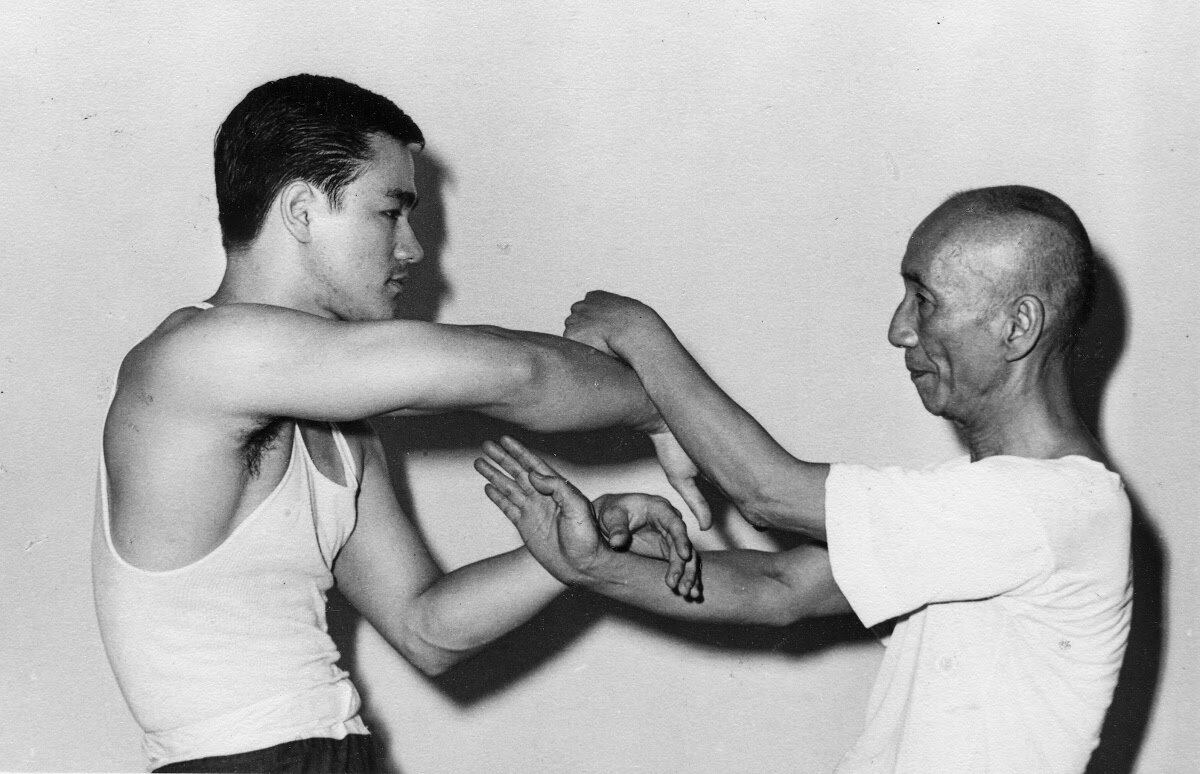


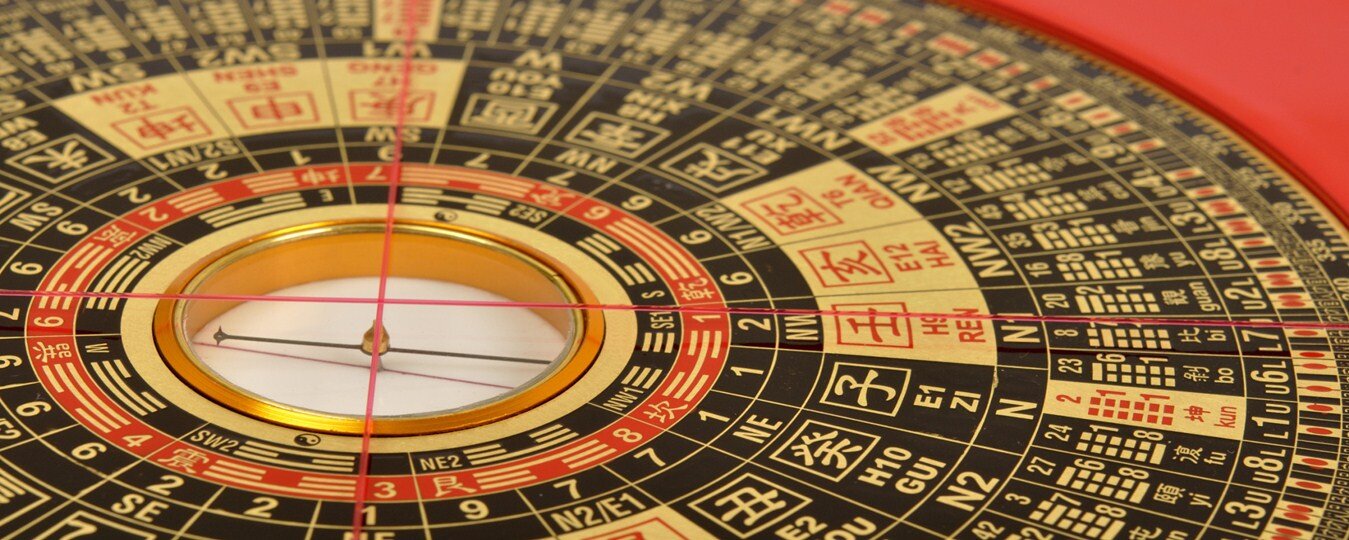
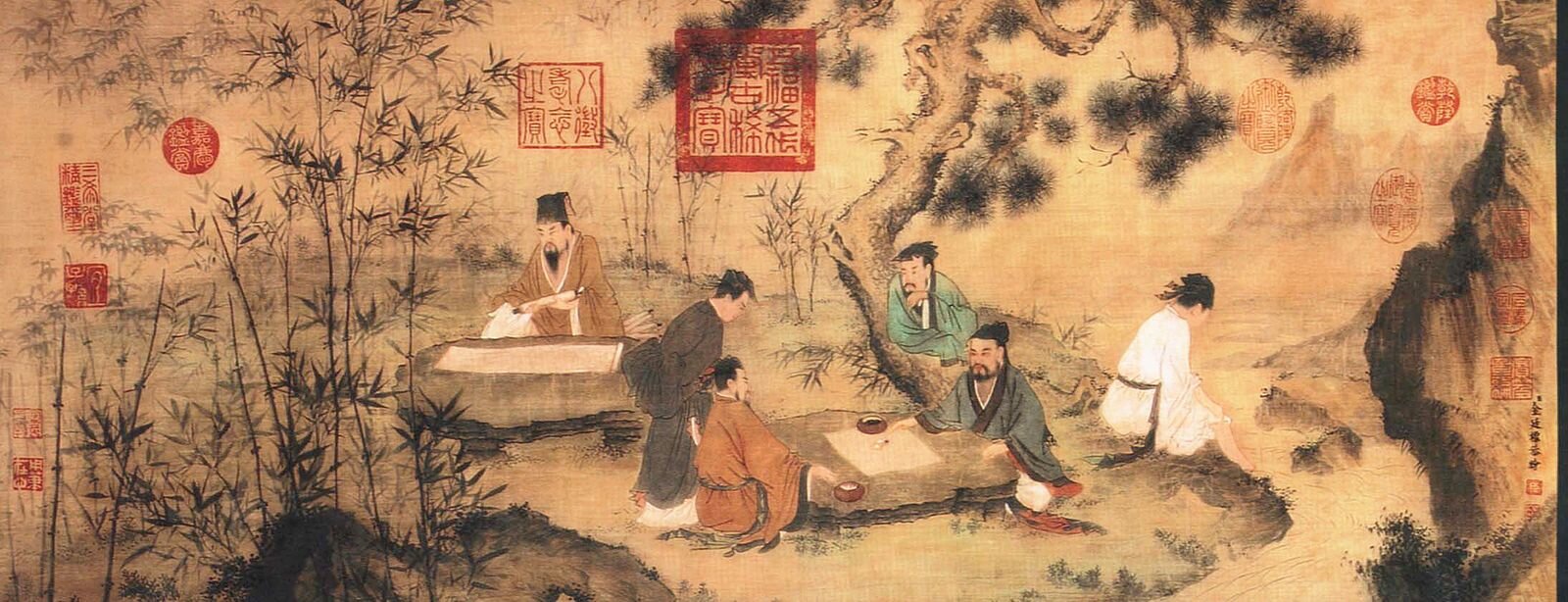
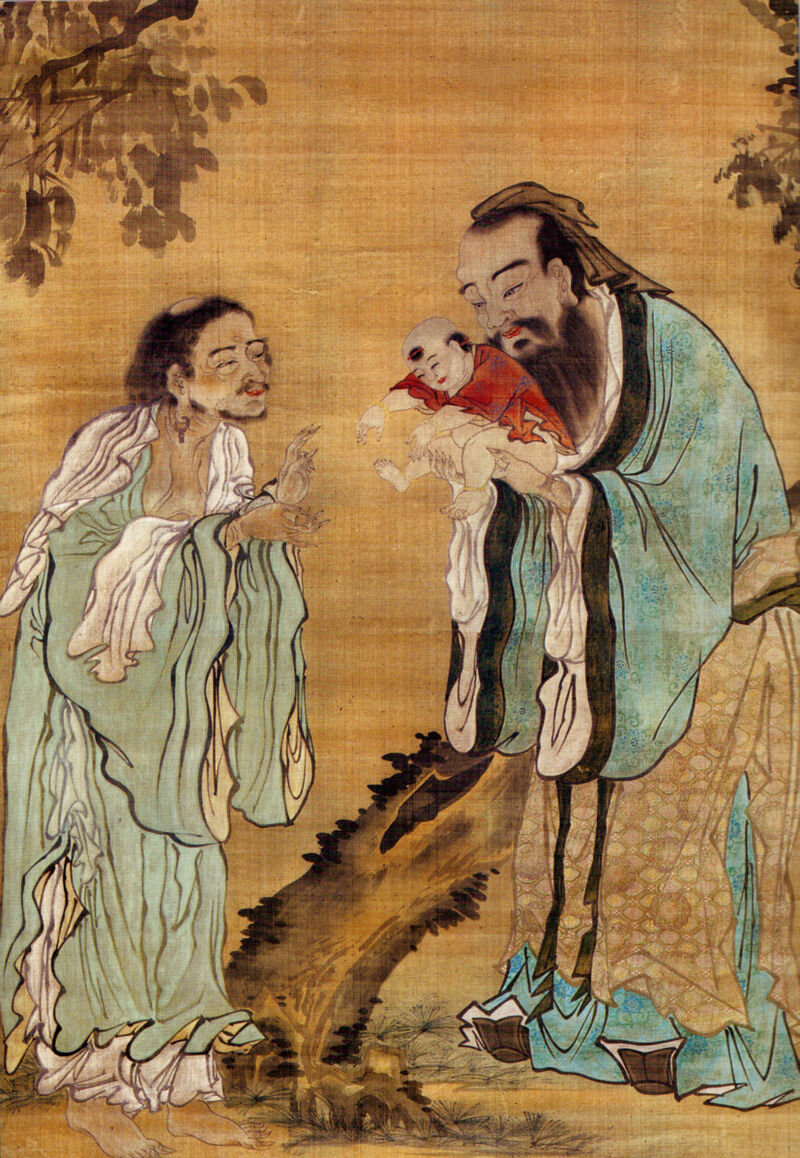
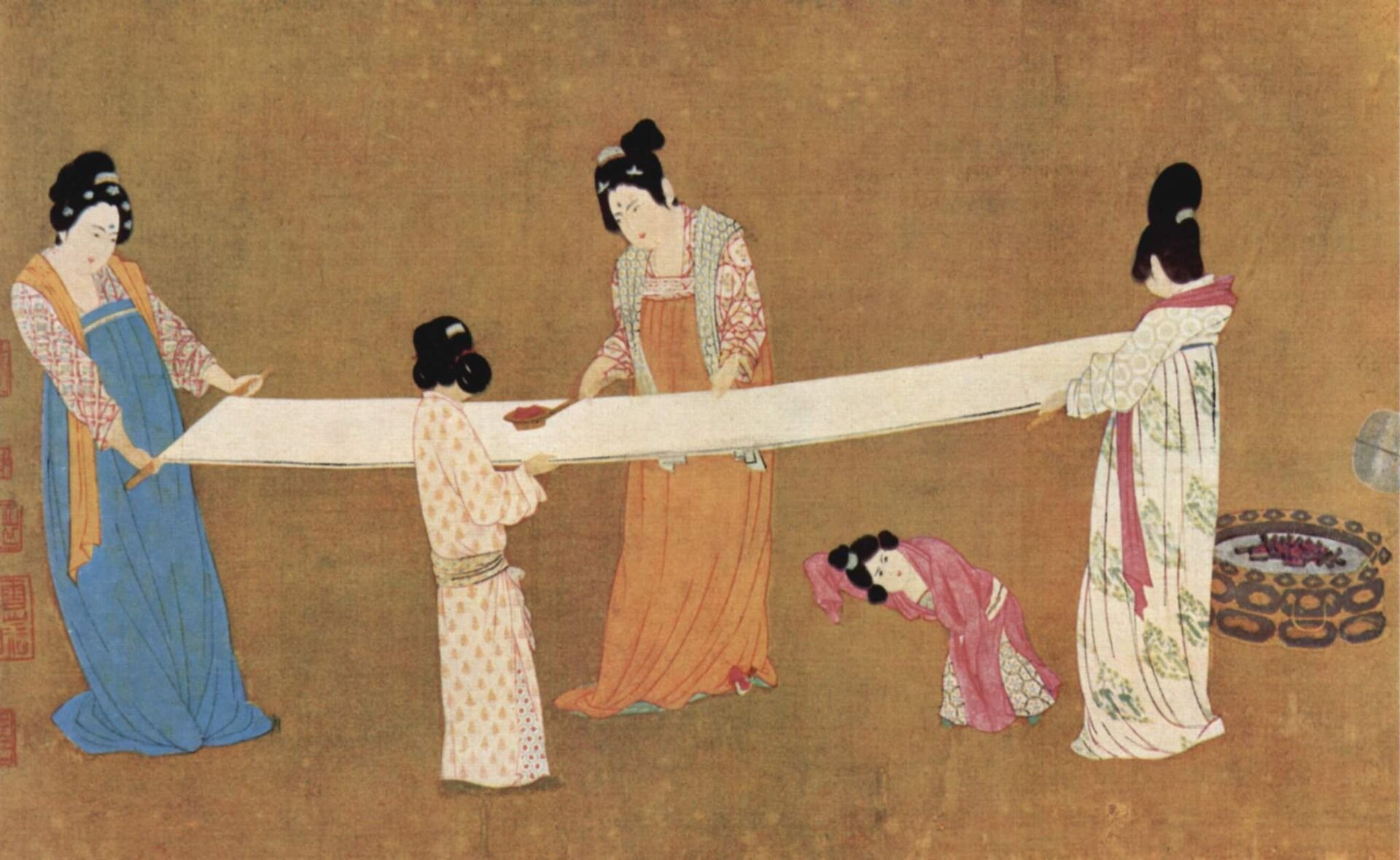
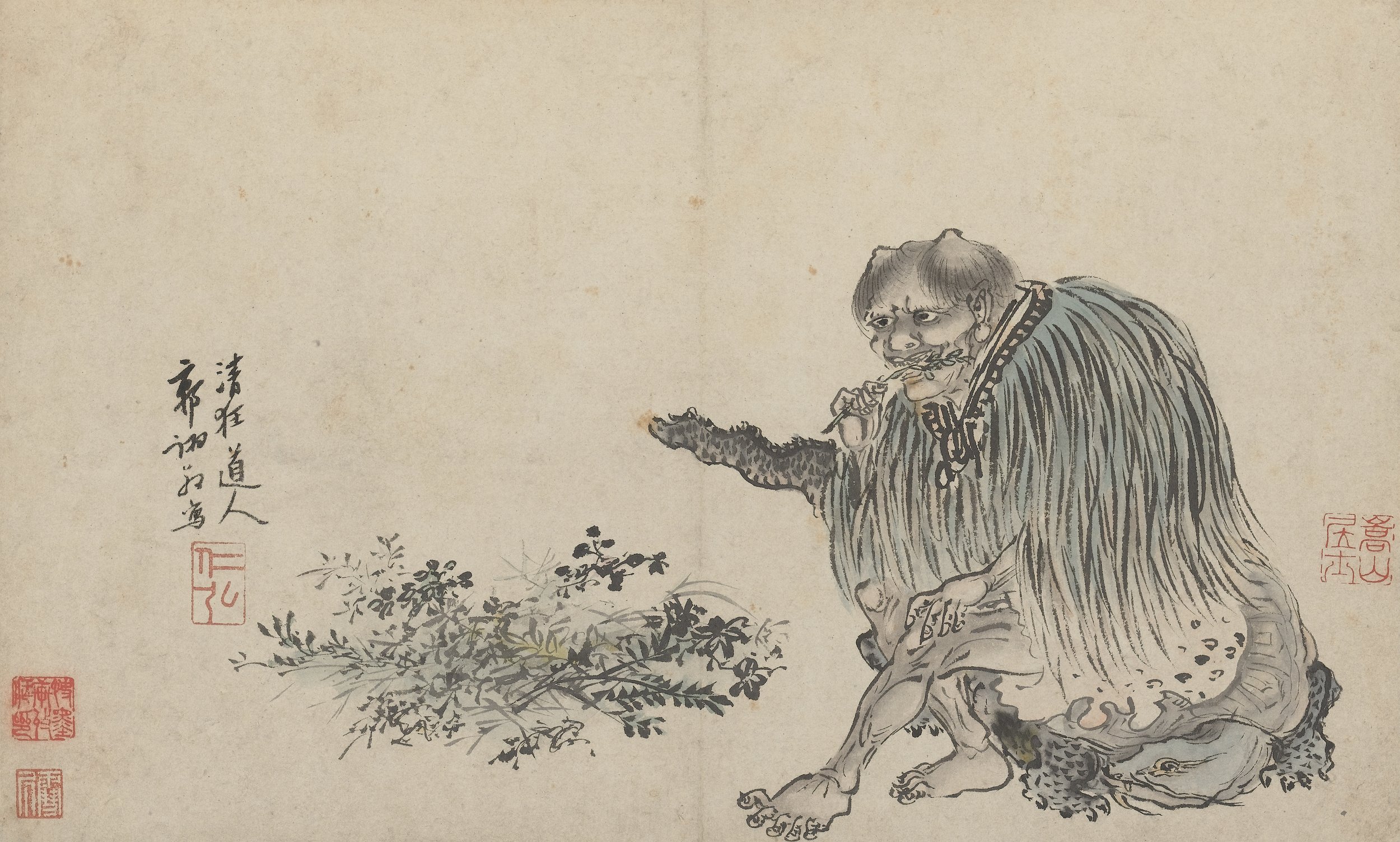
In this episode, we start a new series that looks at the history of Chinese Medicine or TCM.